



Parrots. Grey parrots. African grey parrots. African grey parrots laughing. I hear African grey parrots laughing. I hear African grey parrots laughing and it’s weird.
Their laughter sounds forced. Not compulsive, no, it’s not that. But artificial to say the least. Somewhat robotic. And I find it rather disturbing.
I can also hear birds chirping outside, and their sound is clearly different. Their tone of voice is lively and high pitched. And it brings me joy, almost subconsciously.
However, as I begin to doubt the authenticity of the African grey parrots’ laughter, I am told that their laughter is real. They are real parrots that are truly emitting the sound of laughter: they have been trained to do so.
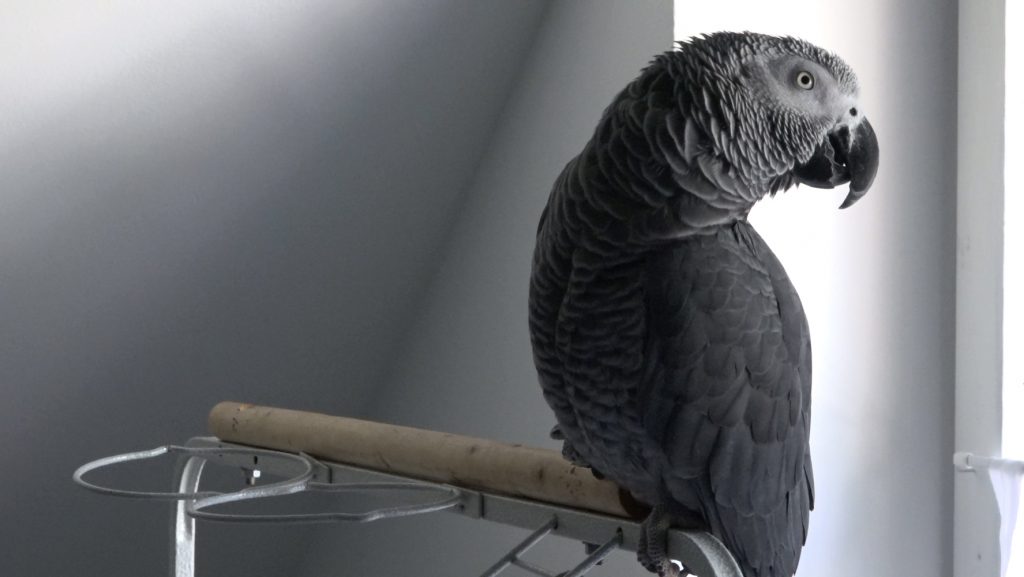
The history of the process that leads me to listen to this laughter spans over a period of sixteen years. Sixteen years during which the Slovenian artist Sanela Jahić has produced works that have reversed the power balance in the world of work (Five Handshakes, 2016), explored the range of emotions within the human-machine relations in industrial workplaces, (The Factory, 2013), studied the history of gesture efficiency in factories (Tempo Tempo, 2014) and created the conditions for experiencing human-machine co-creation (Fire Painting, 2010). However, over the past three years she narrowed her focus to applying automation to her own practice. Since these prosthetic technologies pervade the capitalist world of work—through the increasing replacement of workforce by industrial robotic arms and systems as well as through the increasingly algorithmic management of workers—why should it not be applied to the production of artworks? A seemingly light-hearted question that allows the artist to raise another, deeper question: can artistic creation be considered on the same level as other types of work? And ultimately, what does it mean to cast off the burden of choice to machines, what does it mean to try to distance oneself from one’s subjectivity while consciously choosing to delegate one’s decisions to a computer program?
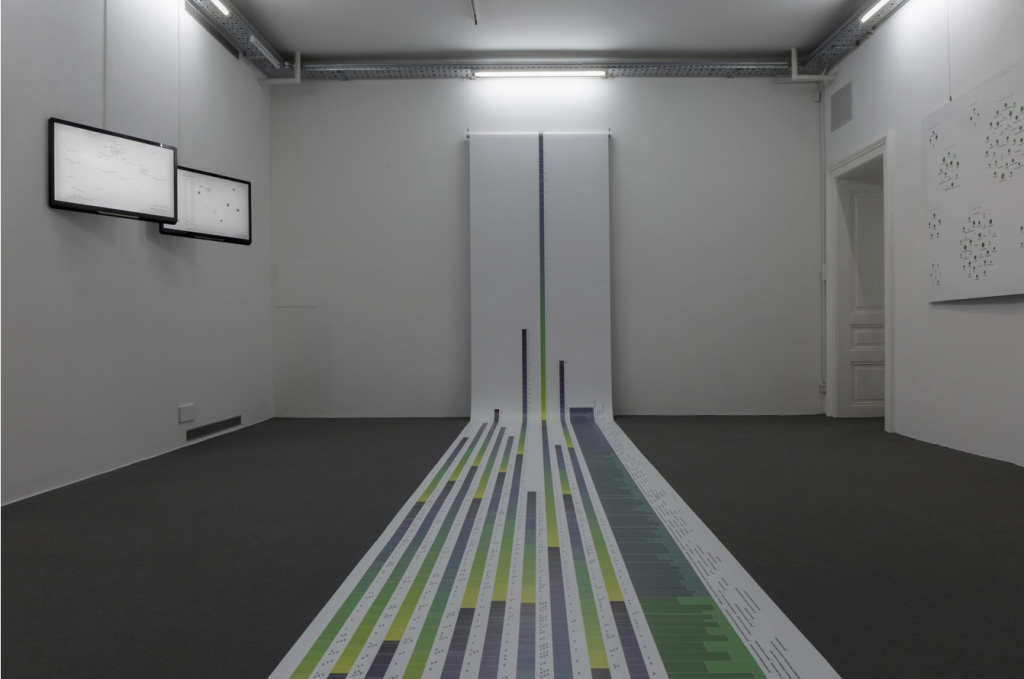
Responding to generalized quantophrenia1—from permanent, automatized and unsuspected data extraction to voluntary submission to the fascinating and oxymoronic idea of the quantified self, i.e. a human being reduced to mere numbers—Sanela Jahić started to conceive a way to turn her career into numbers. She created a classification system which she applied to all of her artworks and through this produced a database of her works. A selection of parameters described as keywords represented numerous different aspects of her work such as ‘manual labour’, ‘mathematical precision’, ‘mechanical device for showing images’, ‘collaboration’, ‘mistake as a sign of the human factor’, ‘revealing patterns’, ‘mechanism in the back’, ‘machine painting’, ‘light-based medium’, and many more; their intensity was displayed in graph form in a series of works titled The Labour of Making Labour Disappear (2018). But this would not present sufficient data for an algorithm to create a work on Jahić’s behalf, since this new work would have been based merely on the previously created works, and not on what would have actually taken place in the artist’s mind at the moment of creation.
In order to overcome the potentially simplistic predictive outcome, Jahić decided to complete the database with elements that would have probably influenced her. Thus, she added approximately six months of real time data on what she was reading while working on this project to the parameters. Every word from every text that passed in front of her eyes increased the database, opening new horizons of thought. With this amount of technical, theoretical, sociological and descriptive terms, ranked by the frequency of their occurrences, the algorithm was set to act as a surrogate of her creative endeavour.
According to the artist, if we consider this process as a (psycho)analysis of her work, we can also ironically read it as an analysis of the prediction algorithm by itself. Indeed, the algorithm specifically designed2 for the occasion, produced output terms such as: ‘behavioural data’, ‘tracking devices’, ‘scientific investigation’, ‘assessment tool’ and ‘machine learning’. ‘Vocal biomarkers’ also came up. Vocal biomarkers are a diagnostic tool used by artificial intelligence systems that scan for voice patterns in speech with the aim of detecting diseases such as depression, cancer, or heart conditions with the aid of a database of intonations linked to predetermined underlying emotions. This speech signal analysis focuses on the tone of voice and therefore does not require the spoken words to be numerous or even to make sense, which is why individual words can be used as vocal exercises that provide the necessary data.

Pataka is one of these words. Found in the Mapuche language in which it means a hundred, as well as in Hindi where it designates firecrackers, the word Pataka, when pronounced, asks the speaker to emit rapidly alternating sounds which allow for precise detection of their muscle control, the lack of which is a common sign of depression.
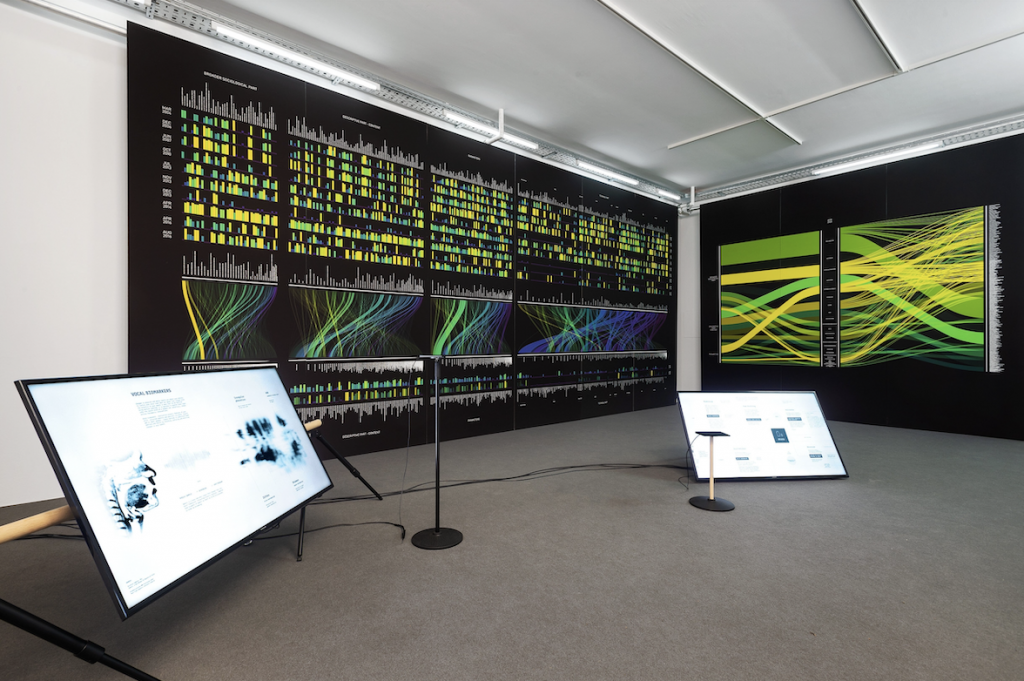
Since Sanela Jahić had to interpret the predictive results from the algorithm in order to turn them into an artwork in its own right, she chose to work around the use of this specific word3 but not to work with people afflicted by illness; thus she decided to use parrots as proxies. Parrots are known for imitating the voice of the persons teaching them to speak, and this can be seen in Jahić’s Pataka videos. Parrots. Grey parrots. African grey parrots. African grey parrots talking. And African grey parrots laughing.
Sanela Jahić, Uncertainty-in-the-Loop, Aksioma, Ljubljana, 23 September – 23 October 2020, and Delta Lab, Rijeka, 5–27 November 2020.
Mark Hancock discusses the politics and artistry of Janez Janša’s identity interventions in the context of their recent challenge at the Parliamentary Elections in Slovenia, in June 3rd 2018.
Ideas firmly deduced, tested against all variables and tentatively sent out into the world for appraisal by others, soon betray us as they bend to the whims of anyone they encounter. But that’s the nature of the malleable, post-digital world we live in. Ideas have to adapt and change to suit the warp and weft of the society if they are to survive in some form. How do we lock down our ideas into their final form? And what level of commitment can we expect from our ideas even if we apply intellectual property rights and that centuries-old mark of authenticity, the signature? The art world is particularly vulnerable to the conceit of signed authenticity. A signature often being the only guarantee that you’ll see any return (financial, reputational or otherwise) on your investment. If you really want to play with systems of power and bureaucracy, try altering artist names.
Davide Grassi, Emil Hrvatin and Žiga Kariž all changed their names to Janez Janša in 2007, joining the conservative Slovenian Democratic Party (SDS) at the same time, to explore the bureaucratic and political systems of their home country, Slovenia. The foundation of their actions ever since has been the question: what power exists in a name? And not just the art power system, but what political forces come into play when that name also belongs to the leader of the Slovenian Democratic Party, Janez Janša, (Prime Minister 2004 to 2008 and then again in 2012 to 2013). Incidentally, or perhaps not, Janez Janša, the politician was born Ivan Janša. The renaming of the three artists becomes a sort of double bluff when you also start to ask who the ‘real’ Janez Janša is.
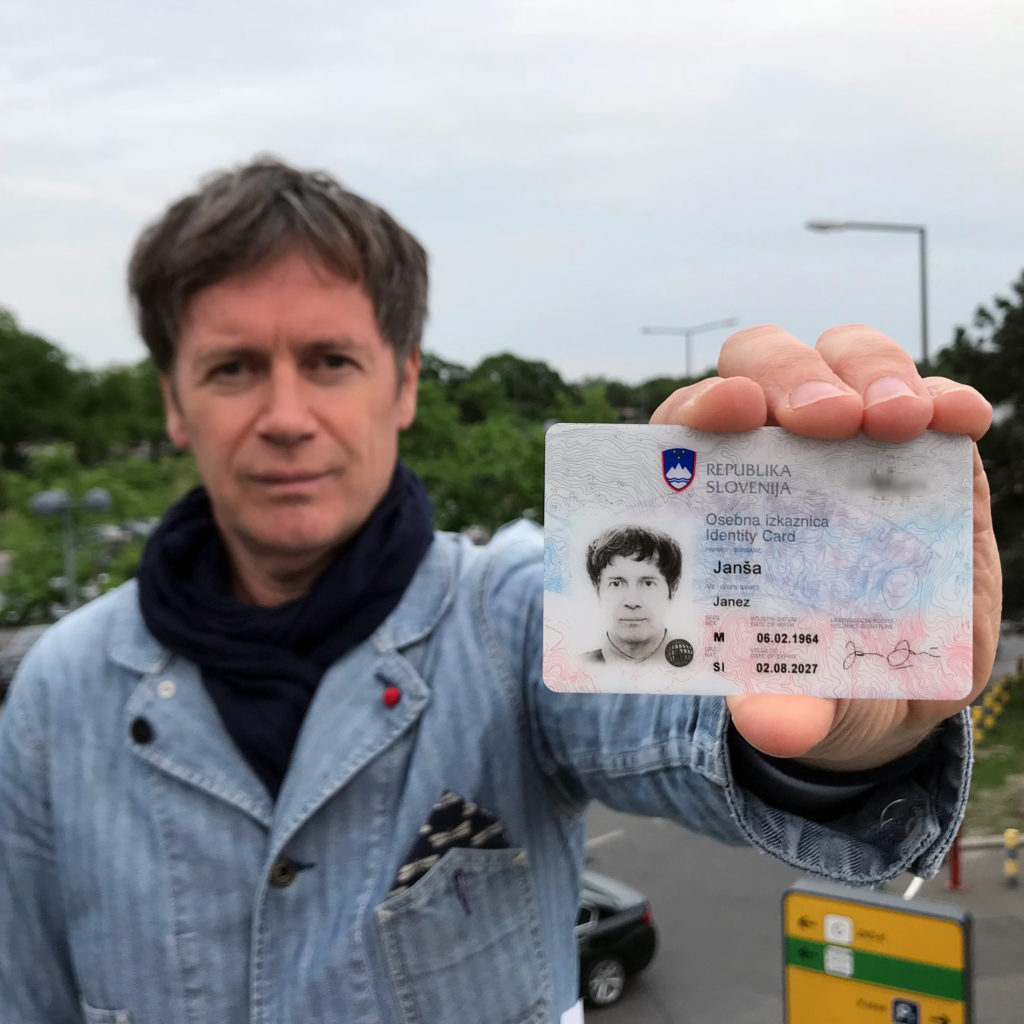
It would be easy to assume that the work of Janez Janša is simply another playful, flaccid baiting of the art world and right-wing political hegemonies. All too often work that challenges the political system might as well be challenging the rules of the Italian Football League, for all the difference in the world it makes beyond the enclosed loop of the art community. There’s only so far that insulting the work of Damien Hirst with another work of art can get you. But the Janez Janša artists have chosen to pierce through the membrane of the art world and make a social difference.
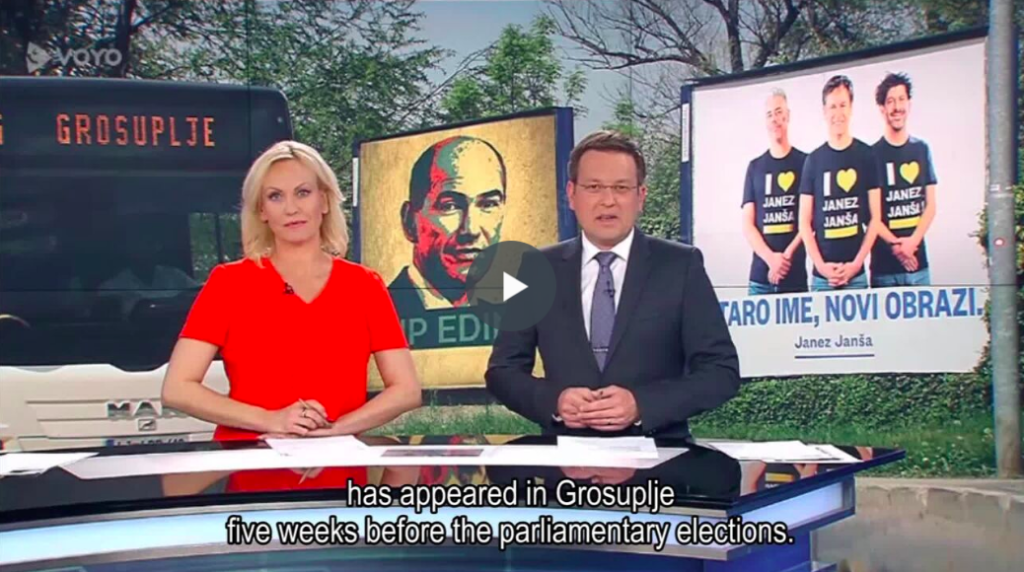
In the Slovenian Parliamentary Elections on the 3rd June 2018, one of them ran as a member of the opposition party, Levica (The Left) in Grosuplje the home district of the ex-Prime Minister, Janez Janša. In a press release, Janez Janša (the artist) said: “Running for parliament is a logical consequence of the view I have towards society. I care about what is happening. I react to things. I want to change them. (…) Society must be organized in such a way that the state begins to serve its citizens, as opposed to serving capital. Capital has no interest either for society or for art or for the individual.”
There is something inherently political in multiple authors using a single name, at least if you cast an eye over recent history. Reference points include Wu Ming, the Italian author collective that produced a number of literary works (they published a best-selling novel, Q, in 1999). They evolved from the Luther Blissett collective, whose playful, socially engaged activities defy the concept of the singular creative voice. This concept seems so alien to much of the mainstream media, particularly in Wu Ming’s home country of Italy, where they have been accused of everything from cybercrime to the less savoury aspects of rave culture. It’s this uncertainty about ownership that seems to bring a nervous lump to the throat of media and political gatekeepers. Perhaps this revolves around two questions so central to capitalism: If you’re doing nothing wrong, why hide behind a nom de plume or a collective? And, who do I send the check to, if I want to buy an Art?
On top of this, copyright issues become complex when the roster of names increases as well. Because we still want ideas to be owned, even when they are expanded through homages and pastiches. Copyright, as the attorney representing the Janez Janšas points out, is a legal construct, protecting, “original artistic (and scientific) creations, which are expressed in any way. A work is protected by copyright only if it was created by a human being (an author) and bears a stamp of author’s personality.” With work by Luther Blissett and Wu Ming, at least the authors can be understood as ‘artists’, even anonymously. Janez Janša, Janez Janša and, last but not least, Janez Janša have layered this authorship of their artwork with another layer of copyright/ownership complexity.
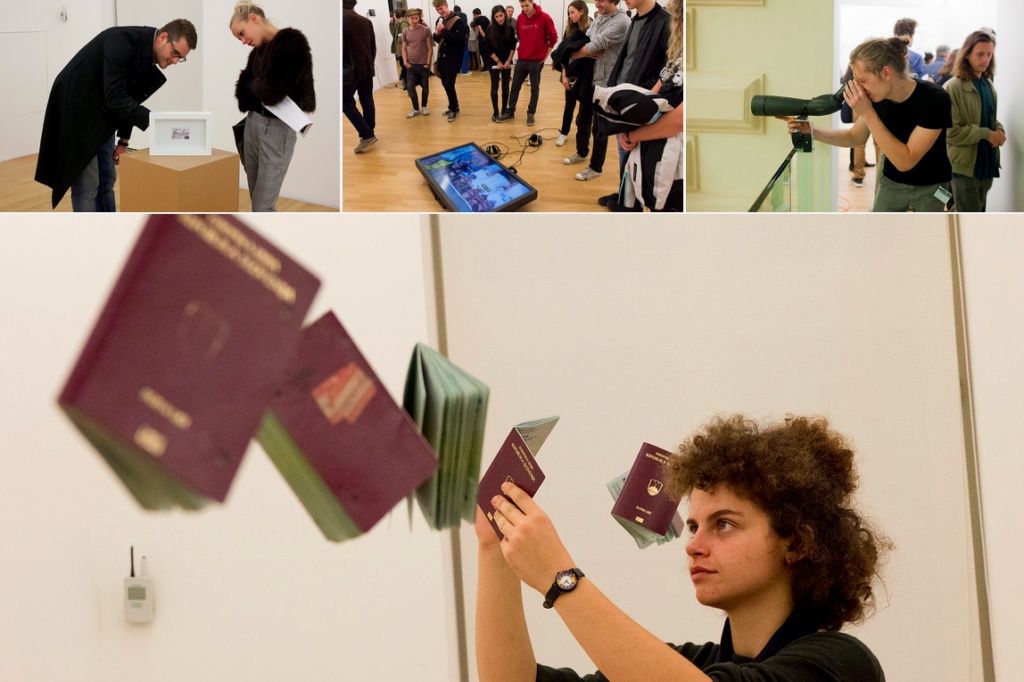
They refer to this work as collateral art, a phrase resonant with the phrase collateral damage, used to describe the acceptable casualties of battles. Collateral art is the acceptable damage on their ideas and projects from engagement with companies and institutions: ID cards, membership cards, the whole panoply of detritus that comes with the work. The artists want this collateral art, often customised by companies on request, to question the relationship between artworks and functional objects, “exploring post-Fordist means of production.” Any art historians still trying to shoehorn the belief of the gifted singular genius crafting his (note the gender pronoun: now discuss) solo masterpiece, probably hasn’t been paying close enough attention. The individual work of art often only becomes such with the signature of the artist attached as providence. When the work of art carries the signature of a non-artist though, can it still be brought into the art world as a valid comment on… anything? Paperwork sent to institutions by Janez Janša, and signed by an official becomes art. But whose art?
The answer, of course, is that it is their art. Whatever bureaucratic grindstone the works have been milled under, they ultimately belong back with the artists. It is they who return the work back to the art world through the exhibition. The exhibition co-produced by Moderna galerija (MG+MSUM) and Aksioma – Institute for Contemporary Art, Ljubljana, and curated by independent curator Domenico Quaranta, in 2017, was a chance to display and reflect back on ten years of work by the artists. Called the Janez Janša® exhibition, on display were works including Signatures (2007 – ongoing) which explored interventions of the Janez Janša name into public spaces, such as the Hollywood Walk of Fame (Signature, 2007), or Signature (Copacabana), in Rio de Janeiro, 2008. Playfully appearing in numerous locations around the world. Or Mount Triglav on Mount Triglav, an action performed in August 2007. This action commemorated “the 80th anniversary of the death of Jakob Aljaž; the 33rd anniversary of the Footpath from Vrhnika to Mount Triglav; the 5th anniversary of the Footpath from the Wörthersee Lake across Mount Triglav to the Bohinj Lake; the 25th anniversary of the publication of Nova Revija magazine and the 20th anniversary of the 57th issue of Nova Revija, the premiere publication of the SLOVENIAN SPRING; this was a re-enactment of Gora Triglav (Mount Triglav), by the OHO group in 1968 and the latest in a chain of re-enactments, as it was also performed by in 2004 by the Irwin Group.
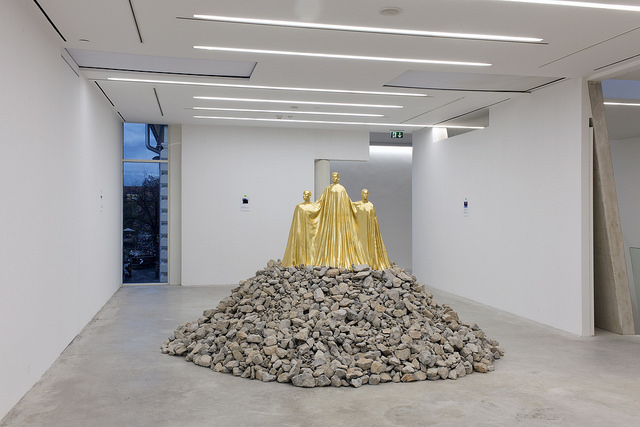
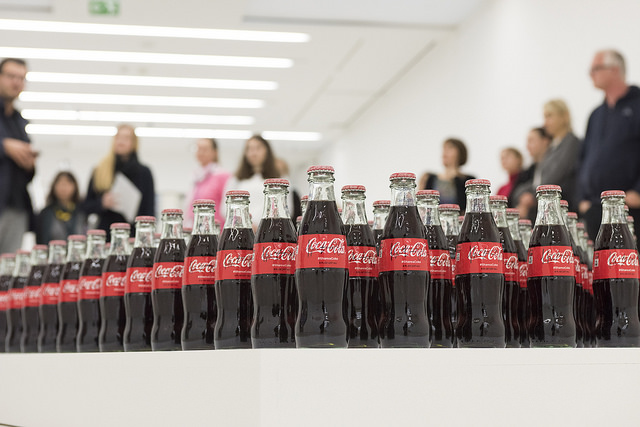
The conference in the same year, Proper and Improper Names: Identity in the Information Society conference, hosted by Aksioma – Institute for Contemporary Art, Ljubljana, and curated by Marco Deseriis in 2017, invited speakers including Natalie Bookchin, Marco Deseriis, Kristin Sue Lucas, Gerald Raunig, Ryan Trecartin, Wu Ming. The subjects under discussion arose from Marco Deseriis’ book Improper Names: Collective Pseudonyms from the Luddites to Anonymous. Deseriis, as keynote speaker, talked about the genealogy of the improper name. This is Deseriis’s term for the use of pseudonyms by artist collectives, including Wu Ming (who presented a talk at the conference) and Ned Ludd, the fictional leader of the English Luddites.
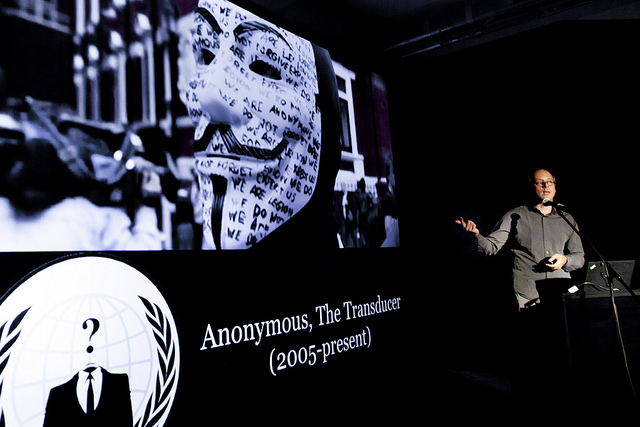
Releasing your ideas out in the wild doesn’t always guarantee they will come back to you unscathed or even return at all. The works of the Janez Janša collective are sent out to corporate systems, being adapted and altered, and returned. Or at the very least offering a challenge to accepted forms of ideological structures. In the Slovenian elections on 3rd June, the Slovenian Democratic Party (SDS) won with 25% of the votes. Levica won 9.0%. The SDS is a far-right, anti-immigration party, reflecting the increasing rise of right-wing parties across Europe right now. The leader of the SDS, Janez Janša, now has the opportunity to form a right-wing government. If this happens, and by the time you read this, it may well have, it would continue the shift in European Councils members towards the right.
There’s nothing new in declaring that everything is in flux. That’s the nature of our hyper-accelerated world. But right now there is a creeping sense that The Other is also to be viewed as The Enemy. The social, political value of art has to change to mean something in what is little short of a battle for a better society for ourselves and others across the globe if it is to have any value whatsoever. Janez Janša, Janez Janša and Janez Janša’s work reflect this evolution by being part of the society around them. Being part of the electoral system reflected this challenge and desire to be part of the real world and to make art mean something more than gallery space and conference papers. If art wants to survive and continue to belong to everyone, then it needs to be part of the world we are living in right now. No one work of art ever changed the world, but it helps us unravel and see through the propaganda of systems. We all need to become Janez Janša®.
The final outcome of the recent Slovenian Elections remains uncertain as Social Democratic Party’s Janez Janša attempts to form a coalition government.
More images at Flickr – https://bit.ly/2yniHYL
More about Janez Janša – http://www.janezjansa.si/about-jj/
Exhibition tour as part of the European collaboration project State Machines
Furtherfield Gallery, London
20 May – 25 June 2017
Aksioma, Ljubljana
11 January – 9 February 2018
Gallery Filodrammatica, Drugo More, Rijeka
15 February – 9 March 2018
DOWNLOAD PRESS RELEASE
DOWNLOAD EXHIBITION CATALOGUE
Featuring Jaya Klara Brekke, Pete Gomes, HandFastr, Rhea Myers, Primavera De Filippi of O’Khaos, Terra0, Lina Theodorou and xfx (aka Ami Clarke).
A mysterious and controversial technology is among us. The Blockchain underpins digital currencies and makes possible dramatic new conceptions of global governance and economy, that could permanently enrich or demote the role of humans – depending on who you talk to.
A self-owning forest with ideas of expansion, a self-replicating android flower, a tale of lost innocence, a DIY money making rig, a Hippocratic Oath for software developers, a five minute marriage contract; this exhibition presented by Furtherfield shows us life with blockchain technologies – through artworks by Jaya Klara Brekke, Pete Gomes, Rhea Myers, Primavera De Filippi of O’Khaos, Terra0, Lina Theodorou and xfx (aka Ami Clarke).
Imagine a world in which responsibility for many aspects of life (reproduction, decision-making, organisation, nurture, stewardship) are mechanised and automated. Transferred, once and for all, from natural and social systems into a secure, networked, digital ledger of transactions and computer-executed contracts.
The artworks in this exhibition envision future world-making by machines, markets and natural processes, free from interference by states and other human institutions.
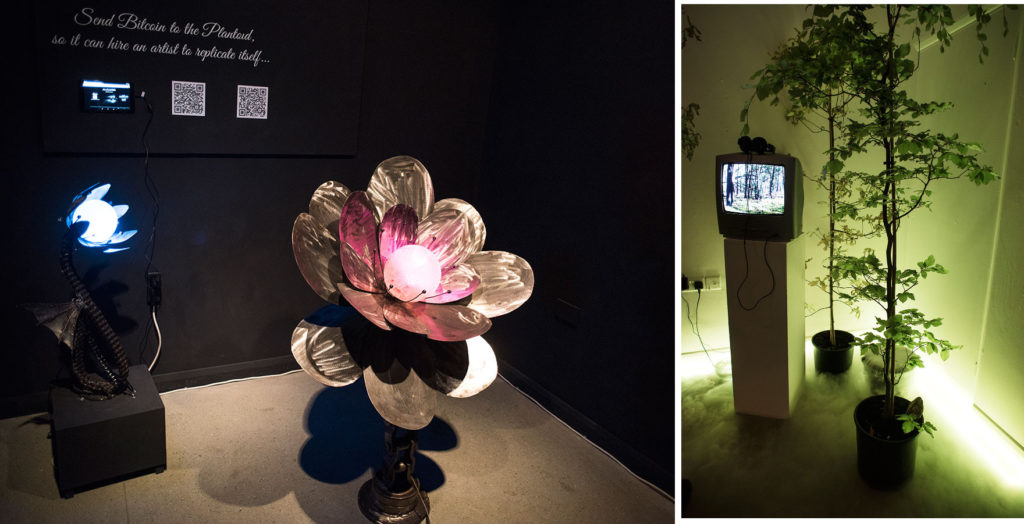
The exhibition is part of a large scale programme of publications, workshops and talks that brings together leading international artists and writers from across the globe. Launching at Furtherfield Gallery in London’s Finsbury Park 19 May – 25 June 2017, the exhibition will then tour to Aksioma (Ljubljana, Slovenia) in October 2017, as part of State Machines: Art, Work, and Identity in an Age of Planetary-Scale Computation, a collaboration between Furtherfield, Aksioma, Drugo more (HR), Institute of Network Cultures (NL) and NeMe (CY).
‘Artists Re:thinking the Blockchain’ produced in collaboration with the experimental publishing group Torque and Liverpool University Press will be launched on 23 June 2017. Contributors include Helen Kaplinsky, Rhea Myers, Hito Steyerl, Ben Vickers and Cecilia Wee. Chris Speed and the team from the Design Informatics Department at Edinburgh University will be embedding a new proto-blockchain experiment throughout print and digital versions, enabling readers to ‘like’ different parts of the book, sub-linked to a financial trading algorithm.
Manpowertop – free workshop by Network Diagnostics
Saturday 10 June, 2-5pm, Furtherfield Commons
Join Network Diagnostics (Dave Young and Niall Docherty) to discover how the promotional media of Silicon Valley companies envision the role of technology in society. In partnership with Antiuniversity
Booking is essential for this FREE event
GeoCoin – Bodystorming Blockchain in the City
Friday 23 June 10am – 5pm, Furtherfield Commons
A day of design-based research using the GeoCoin platform to explore novel ways of reconsidering and reinventing currency through location-specific value transactions. How can money be reprogrammed to interact with or react to everyday practices of value exchange in and around the city? Explore these and more questions with the Design Informatics team from the University of Edinburgh.
Booking is essential for this FREE event
This workshop is part of the ESRC funded research project After Money lead by Design Informatics at the University of Edinburgh.
Book launch – Artists Re:thinking the Blockchain
Friday 23 June, 6-8pm, Furtherfield Gallery
‘Artists Re:thinking the Blockchain’ produced in collaboration with the experimental publishing group Torque and Liverpool University Press
Wedding Event Day – Blockchain special
Saturday 24 June 11am – 5pm, Furtherfield Gallery
Ever wanted to join your partner in bitcoin matrimony? Or wanted to join another partnership for a short time only? You’ve come to the right place. For this day only, you can record your short-term bitcoin union via Handfastr on the blockchain in an immutable and ever growing ledger of bitcoin marriages at Furtherfield Gallery. A project developed by the Design Informatics team at Edinburgh University in collaboration with James Stewart, Max Dovey & Corina Angheloiu.
This project is part of the ESRC funded research project After Money lead by Design Informatics at the University of Edinburgh.
Book Here
Furtherfield Gallery
McKenzie Pavilion
Finsbury Park, London, N4 2NQ
Visiting Information
Furtherfield Gallery is supported by Haringey Council and Arts Council England
This project has been funded with the support from the European Commission. This communication reflects the views only of the author, and the Commission cannot be held responsible for any use which may be made of the information contained therein.